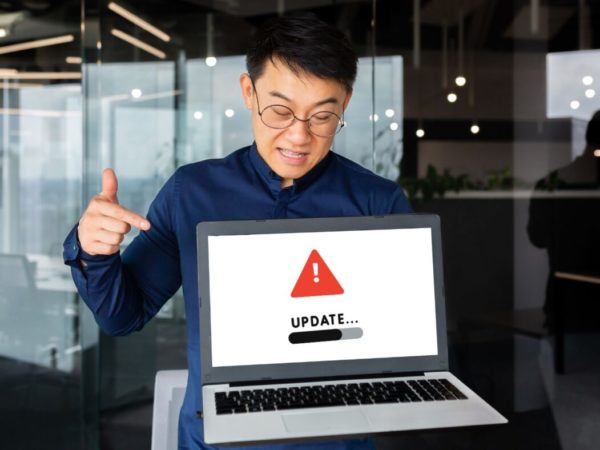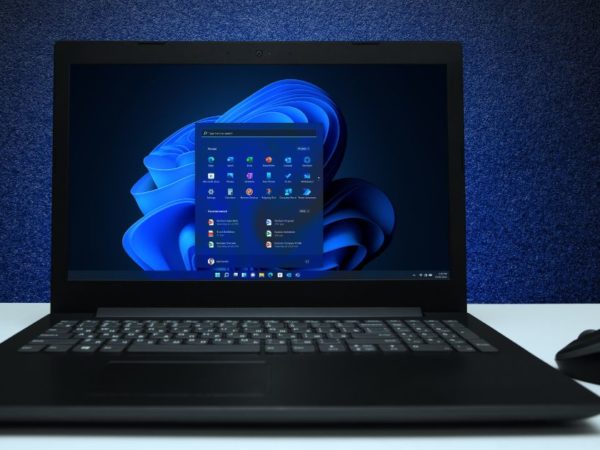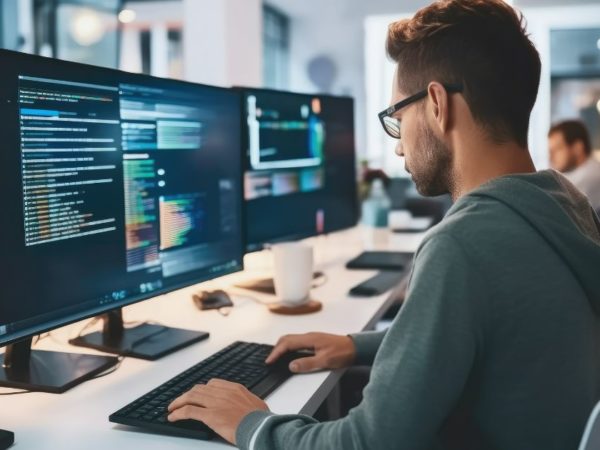Fret Not. In most certainty, this comprehensive guide will fix your Display Driver Nvlddmkm.sys Stopped Responding for good. Stay tuned.
Windows users have their fair share of problems; black screen of death, blue screen of death, unexpected store exception, and whatnot.
A similarly frustrating problem is when your display briefly crashes and wakes up with the message:
Display driver nvlddmkm stopped responding and has successfully recovered.
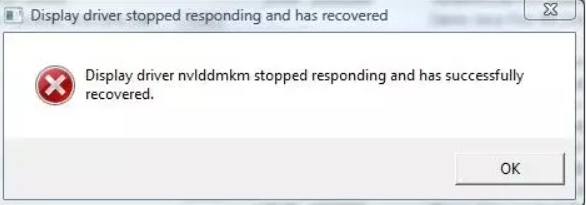
This can happen a few times a day to every few minutes, causing interruptions in your routine work. And like with many infamous Windows snags, the exact cause is unknown.
Let’s troubleshoot it to stop you from throwing out your Windows PC outside the window 😁.
Change the Display Driver
A faulty display driver is believed to be the root cause of this issue. So this step involves upgrading or downgrading your display driver to check if the display crashes stop.
But first, boot your Windows PC in safe mode. Subsequently, open Run by pressing Windows R.
Afterward, type devmgmt.msc, and hit enter.

Next, locate the Display adaptors, right-click your video card, and select the Properties.
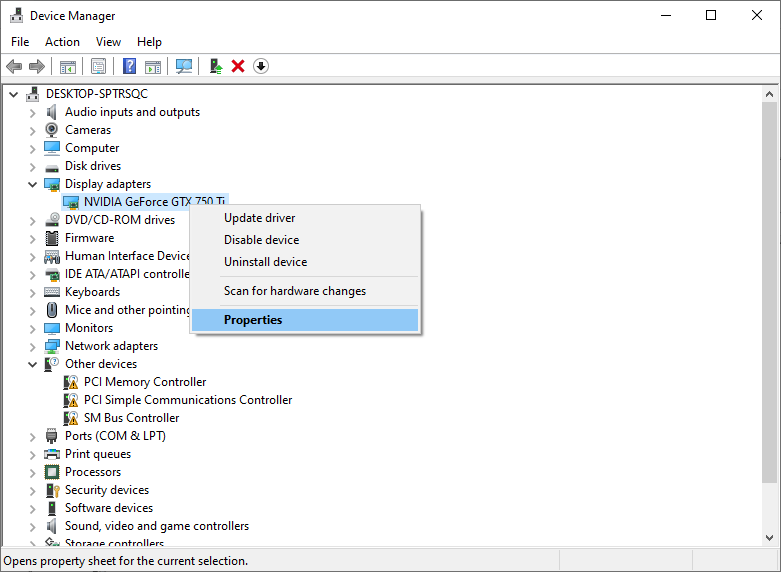
Under the Driver tab, first, try Roll Back Driver. Afterward, use your PC normally to see if the problem surfaces again.
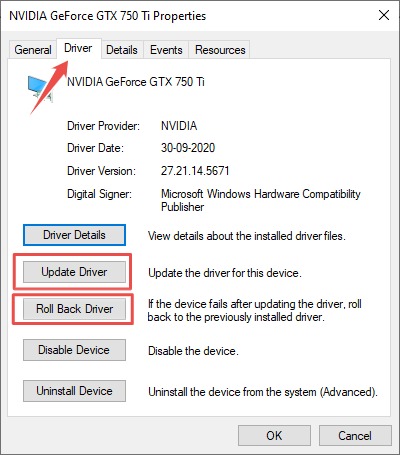
If it happens, download the latest stable driver from your video card vendor and use the Update Driver feature. Finally, install the downloaded file with the Browse my computer for drivers option.
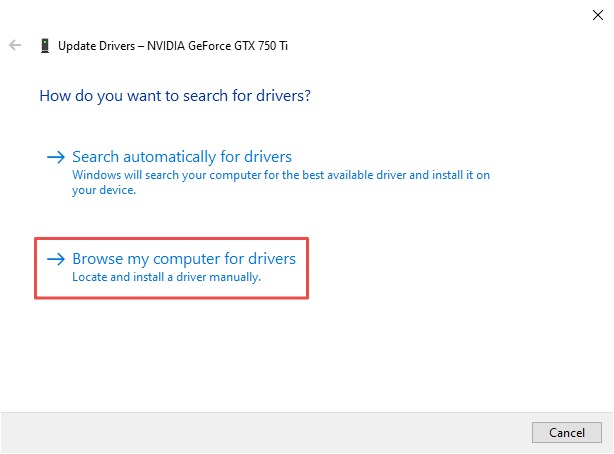
You can also try using a few latest stable releases in addition to installing the most recent driver.
Notably, you should use the drivers obtained by your OEM if you have got a branded PC or laptop. Although, you can directly download it from the graphic card website if you’ve got a custom-built pc.
Switch to High-Performance Mode
Some Windows users got rid of this annoying display crash by turning on High-Performance mode.
This can be done by heading over to Control Panel > All Control Panel Items > Power Options:
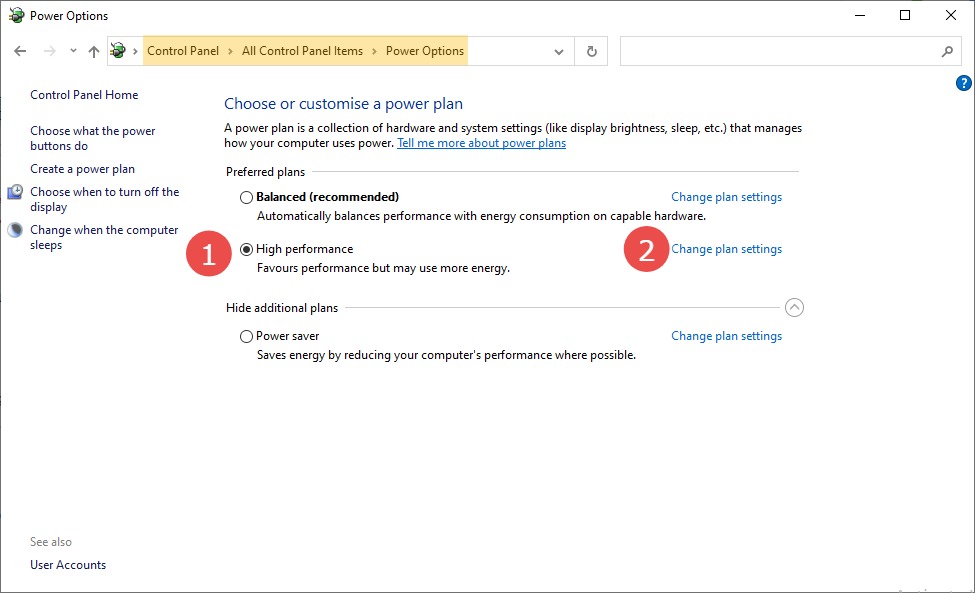
Check against the high-performance plan and then click Change plan settings:
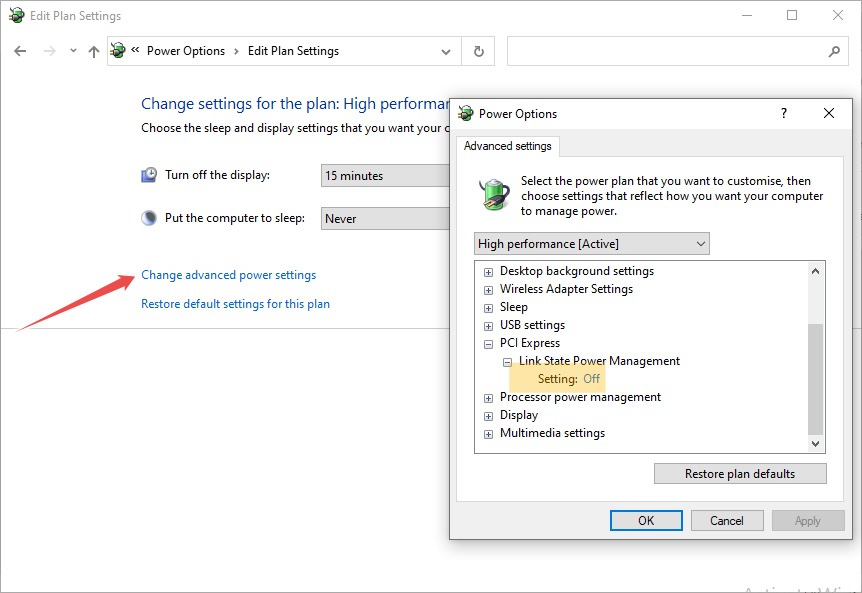
Afterward, select Change advanced power settings, and make sure the Setting option is set to Off under the Link State Power Management. This is to ensure your graphic card gets the juice it needs for functioning optimally and isn’t affected by any power-saving mechanism.
Disable Overclocking
Overclocking gives a slight boost (generally 5-15%) at the cost of stressing your GPU and raising the operating temperature. Sometimes, this makes the GPU fail to deliver, resulting in the dreaded display driver nvlddmkm stopping responding.
Some gamers overclock their GPUs for that extra performance, but it can also be due to a factory-overclocked GPU.
In any case, try underclocking.
A universal tool–which works for all cards–is MSI afterburner. There are plenty of tutorials for using this utility.
Try this and proceed to the next step if you still get the same issue.
Turn-Off Hardware Acceleration
Many users reported this error while using their web browsers or any specific application using hardware acceleration. In the case of web browsers, hardware acceleration renders graphics via the video card in place of the CPU.
Turning this off might salvage normalcy.
For instance, in Google Chrome, type chrome://settings/ in the URL bar, and navigate to Advanced > System. Then turn off the toggle depicting Use hardware acceleration when available.
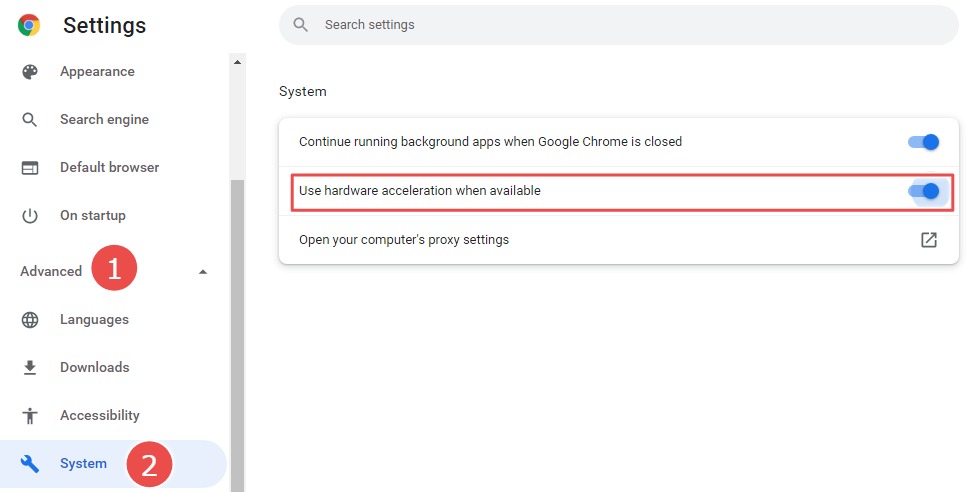
To narrow down on the application that gives you this ‘display driver nvlddmkm stopped responding‘ error, check its settings, and disable it to see the effect.
Update BIOS
BIOS is the piece of software that starts your computer and makes sure the hardware mingles well with the software.
While Windows updates are common, the BIOS remains working in the background, getting neglected.
So, if you’ve never thought of updating your BIOS utility, this may be the time. Depending upon the manufacturer, you may update the BIOS from inside with just a click, or it may require downloading from the OEM website to flash it.
Modify TDR
TDR stands for Timeout Detection and Recovery. It’s the time (by default set as 2 seconds) Windows gives your video card to complete any operation.
In case the GPU underperforms, Windows goes on to reset and recover it while giving you the ‘display driver nvlddmkm stopped responding’ message.
So one possible solution can be to modify TDR to a greater value so that Windows stops annoying your graphic card every time it stumbles.
Please note this is a change in the registry, which might render your system useless. So take a full backup of your registry before proceeding.
You can change the TDR value inside the registry editor; open it by typing regedit in the Run.
Then navigate to HKEY_LOCAL_MACHINESYSTEMCurrentControlSetControlGraphicsDrivers.
Afterward, click Edit > New, and select 32-bit or 64-bit based on your system architecture.
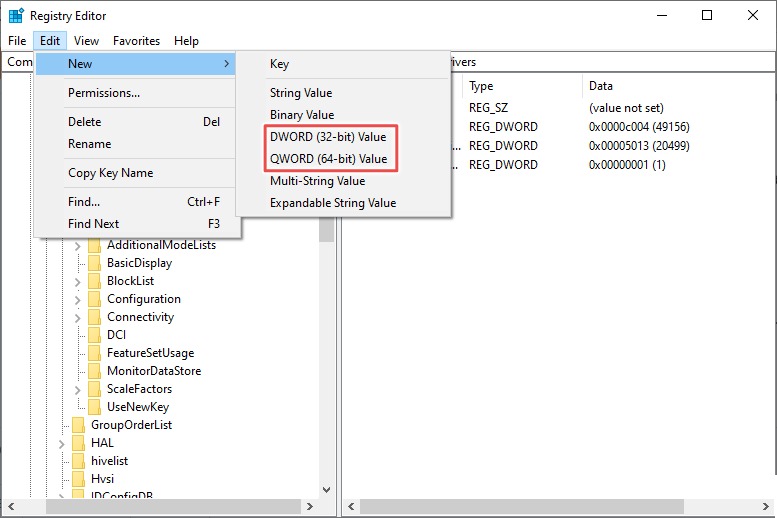
It will add a new entry (New Value#1) in the registry. You can right-click the entry to rename it as TdrDelay.
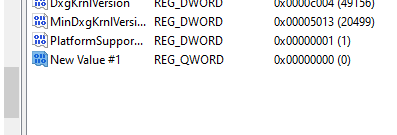
Subsequently, double-click over it and set the Value data as 20, and press ok.
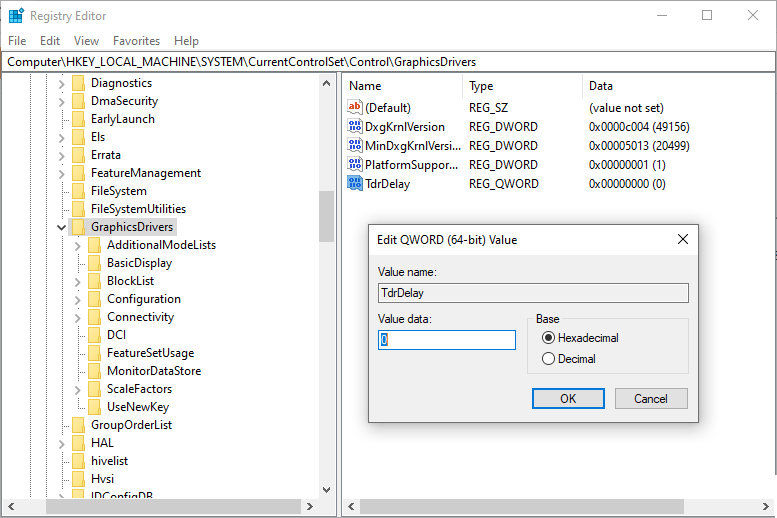
Finally, reboot your computer and see if you’re out of that screen problem.
Hardware Checks
While there is no end to the software tips to weed out this irritating complication, some hardware checks can be worth saving the day.
Because unfortunately, even after applying the solutions given in this article (and some more), a few Windows users still faced nvlddmkm stopped responding.
And since this is a video card-related issue, one of the first hardware checks can be to make sure it’s not a graphic card malfunction. You can swap with another available card or try using it with any other computer.
Another common culprit can be a faulty RAM stick. And this was typical of users having multiple RAMs in active use. So try using one at a time to identify the bad RAM if that’s the case.
In addition, one lucky user reported getting rid of this annoyance by just blowing out dust from the video card. Besides, a tech-savvy user had success by installing a heat sink over RAM.
Conclusion 💻
Finally, it would help if you’re still under warranty. Try sending it to the official support if nothing has worked for you yet.
Talk about Windows issues and booting issues have their fair share. Therefore, check out this guide if your Windows PC isn’t booting.

